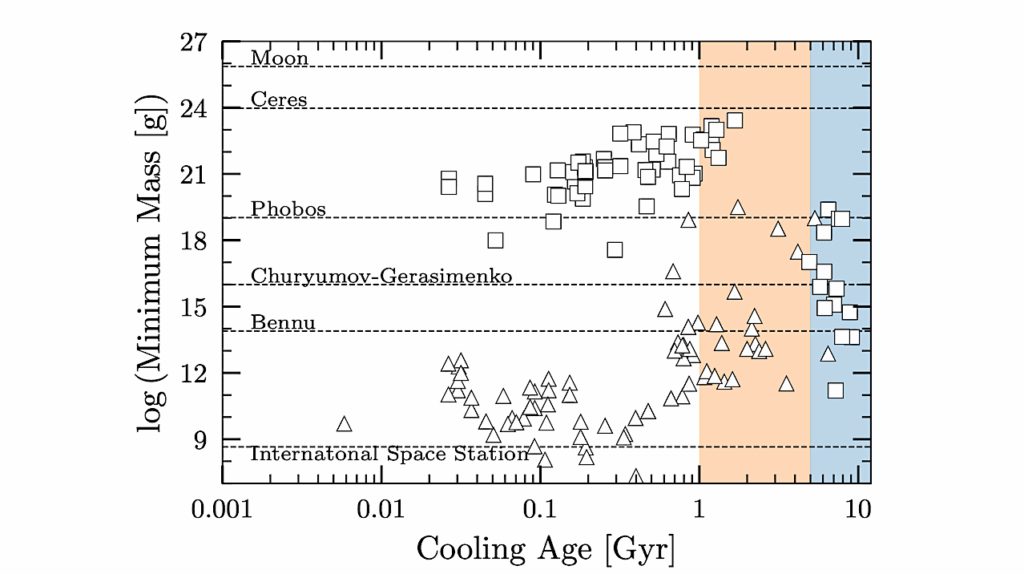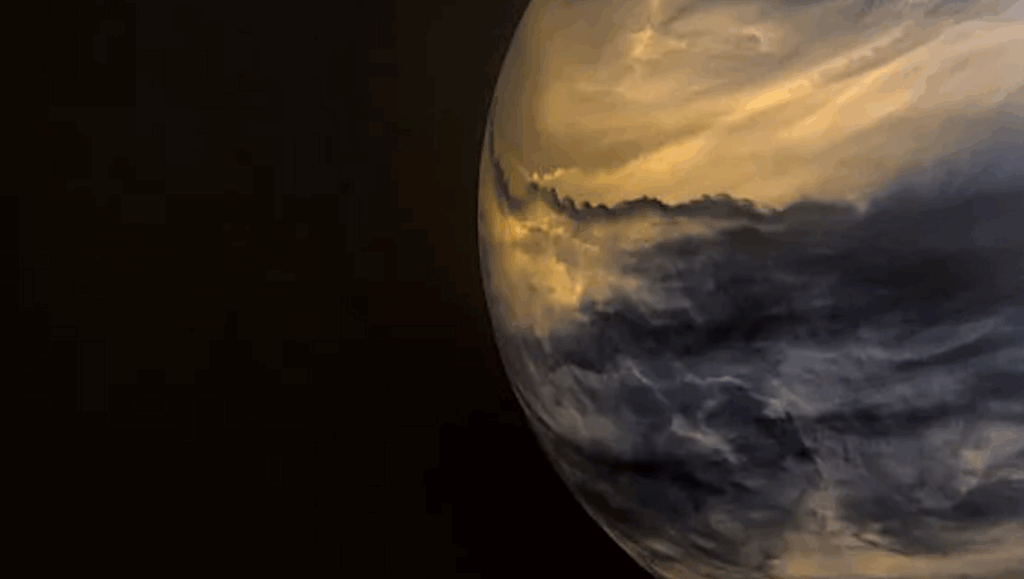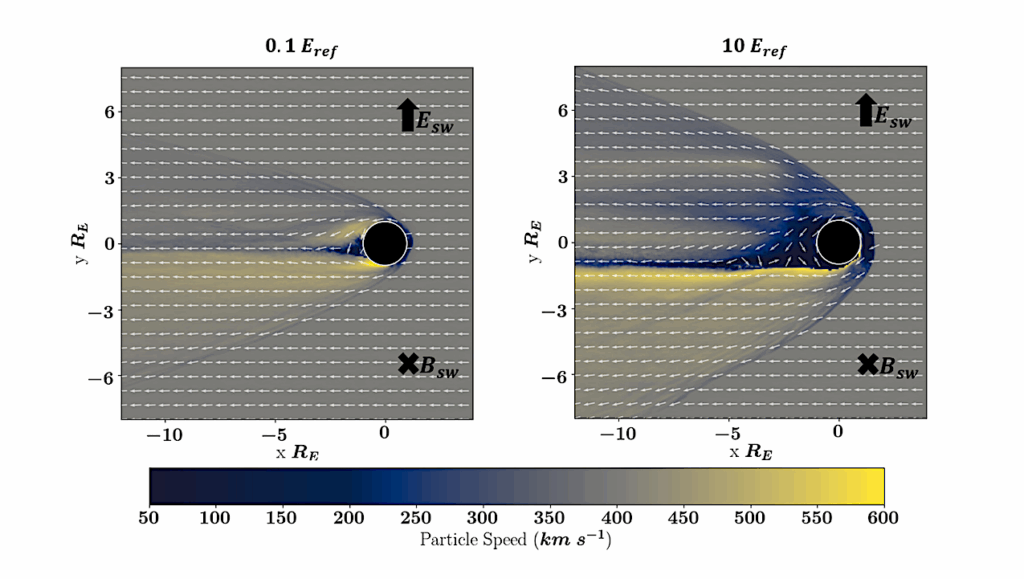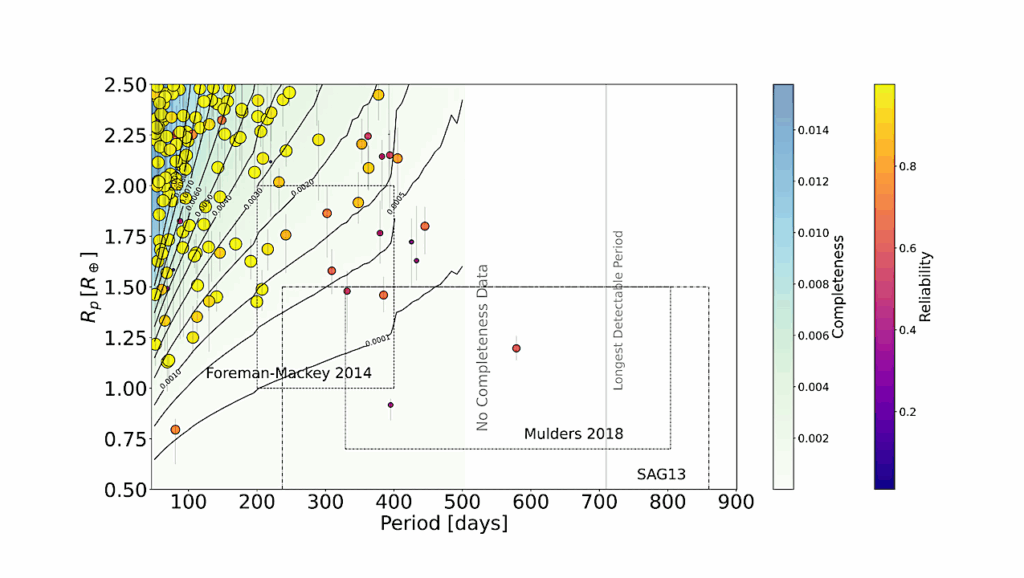Climate Of High Obliquity Exo-terrestrial Planets With A Three-dimensional Cloud System Resolving Climate Model

Planetary climates are strongly affected by planetary orbital parameters such as obliquity, eccentricity, and precession.
In exoplanetary systems, exo-terrestrial planets should have various obliquities. High-obliquity planets would have extreme seasonal cycles due to the seasonal change of the distribution of the insolation. Here, we introduce the Non-hydrostatic ICosahedral Atmospheric Model(NICAM), a global cloud-resolving model, to investigate the climate of high-obliquity planets. This model can explicitly simulate a three-dimensional cloud distribution and vertical transports of water vapor. We simulated exo-terrestrial climates with high resolution using the supercomputer FUGAKU.
We assumed aqua-planet configurations with 1 bar of air as a background atmosphere, with four different obliquities (0∘, 23.5∘, 45∘, and 60∘). We ran two sets of simulations:
1) low-resolution (~ 220 km-mesh as the standard resolution of a general circulation model for exoplanetary science) with parametrization for cloud formation, and
2) high-resolution (~ 14 km-mesh) with an explicit cloud microphysics scheme.
Results suggest that high-resolution simulations with an explicit treatment of cloud microphysics reveal warmer climates due to less low cloud fraction and a large amount of water vapor in the atmosphere. It implies that treatments of cloud-related processes lead to a difference between different resolutions in climatic regimes in cases with high obliquities.
Takanori Kodama, Daisuke Takasuka, Sam Sherriff-Tadano, Takeshi Kuroda, Tomoki Miyakawa, Ayako Abe-Ouchi, Masaki Satoh
Comments: 18 pages, 9 figure, 2 tables. Accepted for publication in The Astrophysical Journal
Subjects: Earth and Planetary Astrophysics (astro-ph.EP)
Cite as: arXiv:2210.05094 [astro-ph.EP] (or arXiv:2210.05094v1 [astro-ph.EP] for this version)
https://doi.org/10.48550/arXiv.2210.05094
Focus to learn more
Submission history
From: Takanori Kodama
[v1] Tue, 11 Oct 2022 02:13:02 UTC (9,068 KB)
https://arxiv.org/abs/2210.05094
Astrobiology








